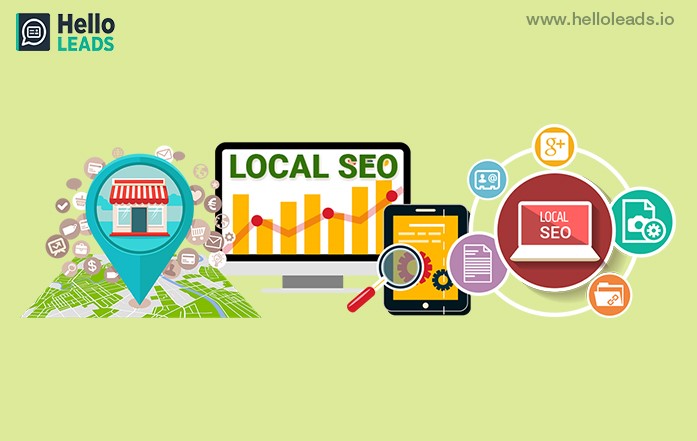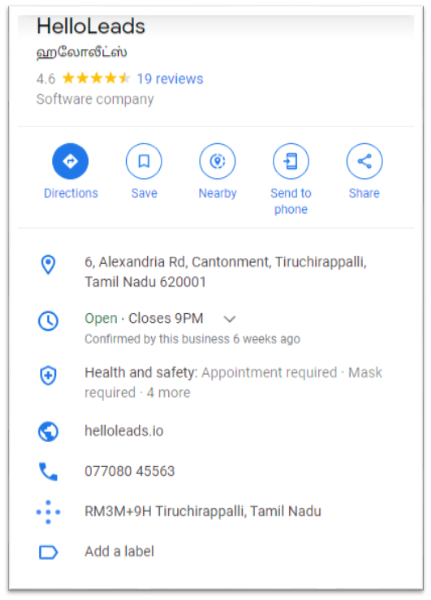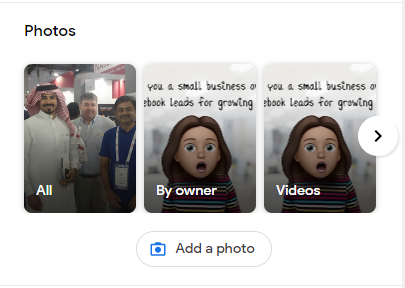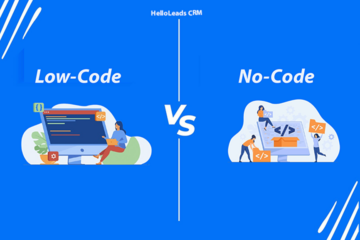
Once you have attracted customers with Geo-Targeting, what if you want to bring more people into your-in person store? Luckily, there is a free way to do that! Location-based SEO can help you incorporate location into your organic SEO strategy so that people will find your business. Let’s look at how location-based SEO and Geo-Targeting can boost your business.
WHAT IS LOCATION-BASED SEO?
Local SEO is a way to target advertisements toward a local audience. However, location-based SEO goes beyond ads. Imagine you are on vacation in New York City and want to eat pizza. In Google, you type “pizza restaurants”. The results will show pizza restaurants nearby. That is a form of local SEO.
Why is location-based SEO useful for business?
Nowadays every search is location-based, including yours. If you take your phone to search for a nearby IT company, you don’t just type “IT company”, you type “IT company in [your city]”, so you don’t have to go through unrelated listings.
Optimizing your marketing around your locality is an outstanding way to increase your search rankings as well as sales.
Promote your business with a Google business account

Most business owners don’t know that they can easily control the information that Google displays about their business. It’s easy. You just have to open a free account at Google My Business. Add your business address, contact information, and website URL. Additionally, uploading high-quality images of your location will help to attract more customers.

Use location-based SEO content on your website and blog
You should write plenty of location-based content for your business website. In terms of SEO, you can organize your efforts by creating a page for each location you want to target. This is an easy way to optimize your web pages for local searches. Targeting all the locations mentioned in the headline, H1 tags, and other SEO areas can have a big impact on your website’s search ranking.
Place local ads
The possibility of making location-based ads can extend your reach and compete for targeted locations. You can also target locations, in which you review all the businesses in them. You can integrate your business with Google My Business, a platform that would help you.
Add your location URLs to Google my business page
Once you’ve set up your Home Page and Logo on the Google My Business settings page, make sure to return to your Google My Business account to add any new locations. Go through the settings on each location page, then click “Save Changes” in order to save them before continuing. After adding all of your locations and creating unique URLs for each one, you’ll be ready to start getting more traffic!
So, What is GEO TARGETING?

Geo-targeting is a way to target your ads based on location or region. You can target people in different geographic locations and use this information to streamline the best methods of reaching your audience. For example, if you are planning an event that will go on sale in all stores at once, geo-targeting will help ensure the best place to advertise your event.
How to implement GEO TARGETING?
You can create Google or Facebook ads and easily add locations. The tricky part is choosing what locations to choose and which ads to target geo-locally.
Strategies for Geo-targeting
Geo-targeting is the feedback that you receive from the geographical location of a particular user. Once your website or platform recognizes the visitor’s location based on his/her IP address or GPS data, the specified content for that location is delivered. The location can be precise on many levels (country, state, city, province). One of the most important strategies for geo-targeting can be found in SERPs: For example, an app designed to target Americans may show exclusively content about politics and public policy for other countries.
What are the benefits of Geo-targeting?

1. Offer location-specific advertising: Different regions have different preferences, and tastes, and speak different languages. Targeting customers by their location can help you advertise to them with products they’re likely to want. This will increase the number of people who click on your ads, which will generate more ad revenue for your company.
2. Show customers personalized offers: After determining their location using GPS, customers can be sent messages containing information about where they might be able to buy the products they’re looking for. Offers and discounts may be displayed to the customer depending on where they are located. If there is a shortage of stock, the customer can be notified of the nearest store where they could buy the product.
3. Improve the overall customer experience: Your content marketing strategy can be modified according to the geographical location from which users access the site. This includes everything from your website design and writing your content in the appropriate language. This will improve customer experience significantly, which will increase customer satisfaction and increase the likelihood of them coming back to your website. Some search engines like Bing and Google allow you to search for content on sites originating from the same country.
4. Provide content according to interest: Geo-targeting lets you separate your target audience into various segments so you can choose how to tailor the content to their preferences and interests. For example, people who live in urban areas would be less likely to use door-to-door services than those who live in rural areas. This increases the reach of your content and the probability of more people seeing it, which increases your brand value. Not only does this improve customer satisfaction, but it helps you get more customers through word of mouth.
5. Decreases wait time for users: By knowing the location that the user is accessing your website from, your website can be redesigned to fetch whatever information the visitor requests from the nearest server. This massively reduces the time spent by users waiting for the information they need to come through and increases service speed overall.
6. Advertise products according to local events: Celebrations vary from one place to another. Each event will undoubtedly give you the opportunity to offer products and services related to the event. Geo-targeting allows you to know which users are likely to be interested in an event based on their location and you can then use the event to promote products and services to them at a specific time.
7. Fraud Prevention: Geo-targeting can be a great help in detecting fraud. Credit card numbers are often stolen from users by hackers residing in another part of the world. If geo-targeting is turned on, a hacker who uses a customer’s credit card from a location other than the customer’s regular one will trigger an immediate security alert.
8. Identify the best and worst-performing locations: As a business enterprise, geo-targeting helps you identify which locations are most effective for your strategy. Because the same strategy doesn’t always work everywhere, it’s very helpful to know the locations where it isn’t working so that you can change them and get more sales and increase your business’ brand value.
Share this blog :










